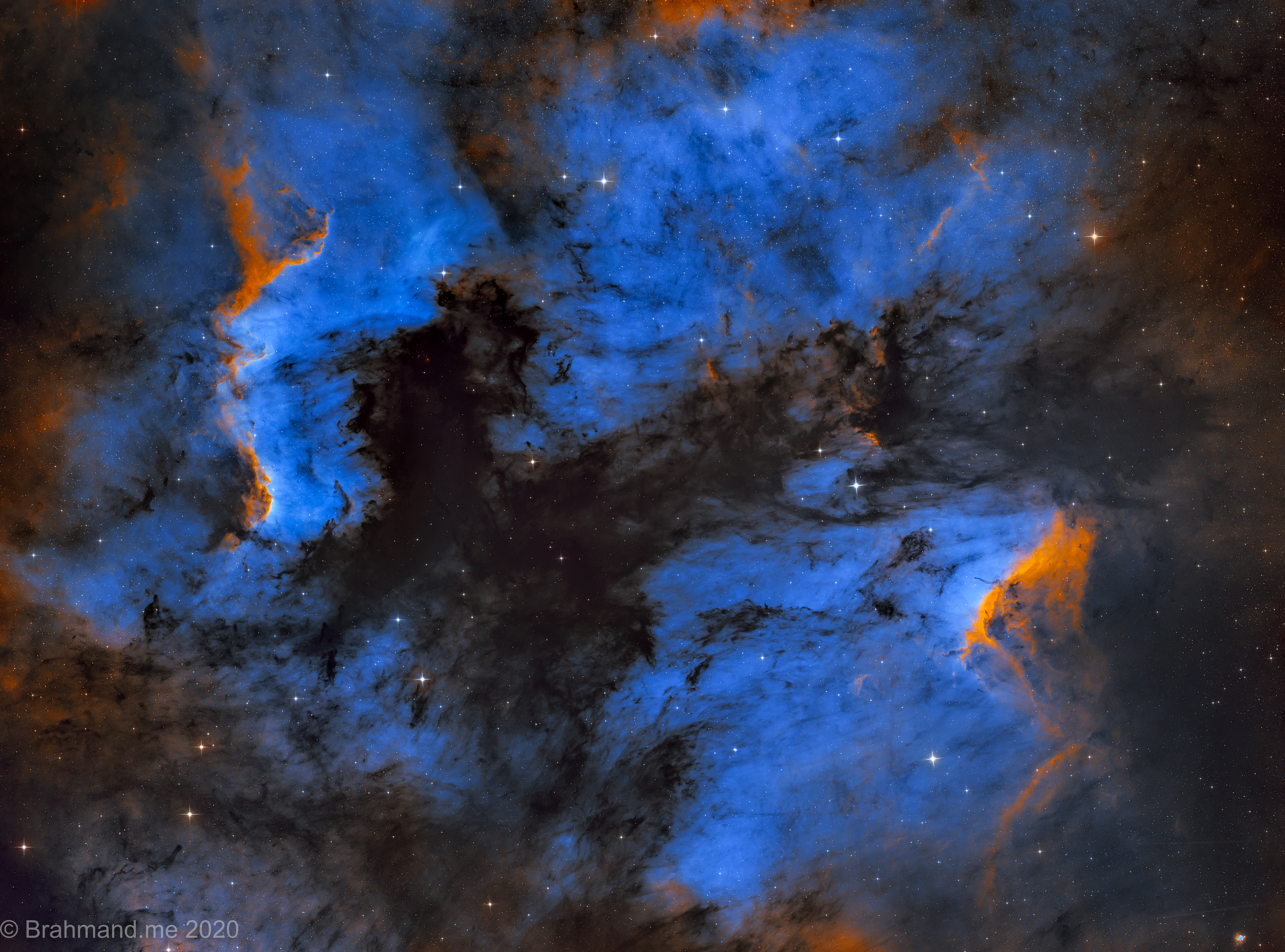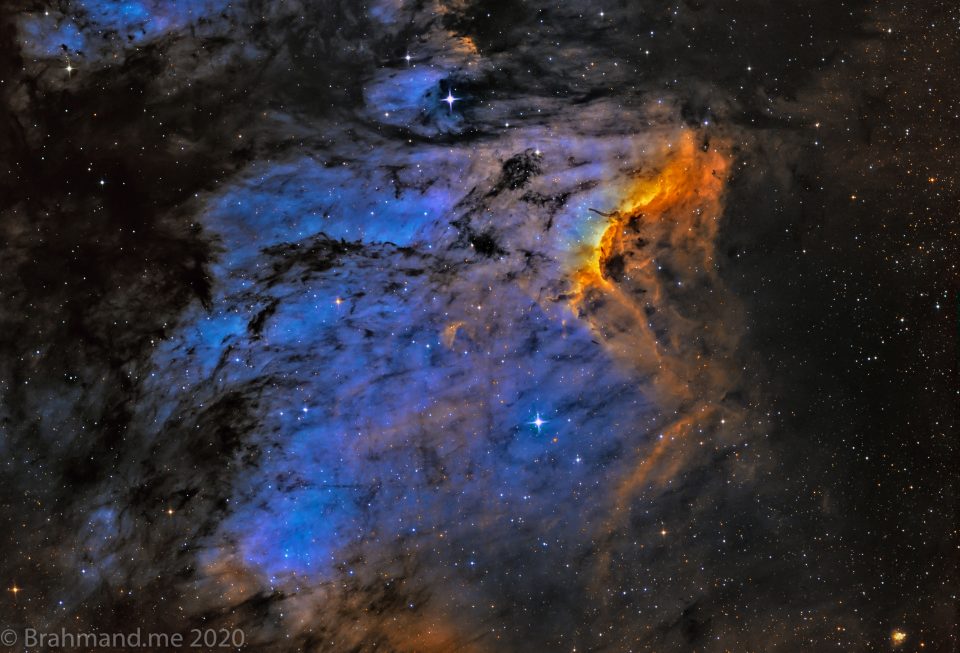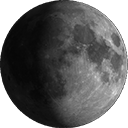Pelican Nebula is a bright emission nebula, and it is part of Cygnus’s larger nebula region. This is also an active star-forming region. The cosmic clouds brightly reflecting lights are emanating from ionizing gas due to surrounding new-born stars.

“The star-formation region associated with the North-America (NGC 7000) and Pelican (IC 5070) Nebulae in Cygnus have received increased attention in the last decades. The two nebulae are cataloged as separate objects because of their visual appearance. Still, they are now commonly regarded as parts of the same physical gas (F Damiani et al.)”.
Dust cloud Pelican Nebula called W80, which is located at the high-Galactic-longitude side of the Cygnus-X complex of star formation regions in a spiral arc or spur in our Milkyway Galaxy (Reipurth & Schneider 2008; Guieu et al. 2009).
This photo is taken over multiple days from Santa Clara backyard during the summer of 2020. (not with very favorable conditions). This is a mosaic of 4 tiles stitched together.
| Catalogue Name | IC 5070 |
| Constellation | Cygnus |
| Distance (Light Years) | 1800 Light Years (https://www.aanda.org/articles/aa/full_html/2017/06/aa29402-16/aa29402-16.html) |
| Photographic Information | |
| Exposure | 2×2 Mosaic. Total Integration Time ~40 hrs in Ha, O3, S2 |
| Equipment | F3.8 AGO 10” Imaging Newt, QSI 683wsg, Paramount MyT, SSAG Auto-guider |
| Processing | Astro Pixel Processor,Pixinsight, Adobe Photoshop |
| Imaging Location | Santa Clara, CA (August-September 2020) |

